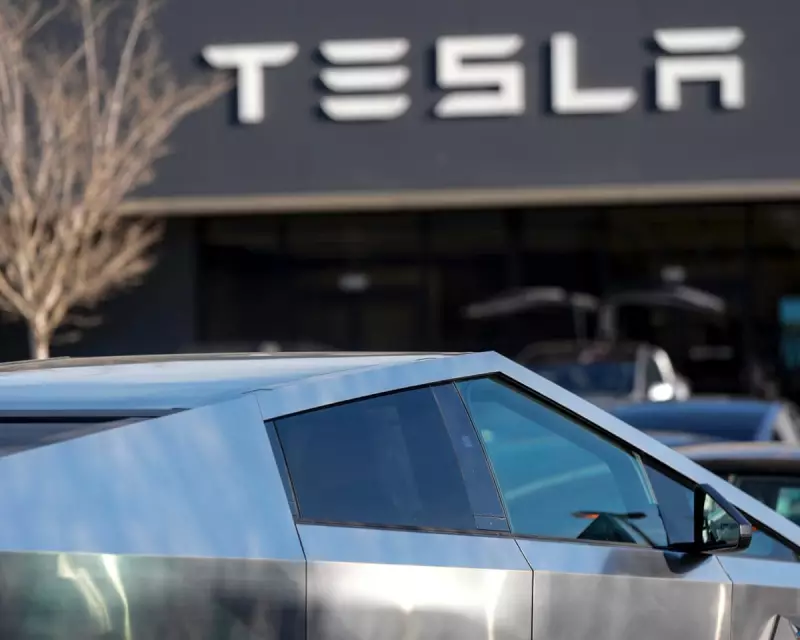
Electric vehicle giant Tesla finds itself at the centre of a devastating lawsuit following a fatal crash involving its controversial Cybertruck that claimed the life of 34-year-old Krysta Tsukahara.
The lawsuit, filed by Tsukahara's grieving family in California, alleges that fundamental design flaws in the Cybertruck's accelerator pedal and safety systems contributed directly to the tragic incident that occurred in October 2024.
What Went Wrong in the Fatal Incident?
According to court documents, the accident unfolded when Tsukahara's Cybertruck unexpectedly accelerated to nearly 70mph before colliding with multiple vehicles and crashing into a concrete wall. The impact was so severe that the vehicle's stainless steel exterior pierced through the cabin, causing fatal injuries.
The family's legal team argues that Tesla was aware of potential issues with the accelerator pedal design but failed to address them adequately. "This was a preventable tragedy," stated family attorney Donald Slavik. "The Cybertruck's design contains critical safety defects that put drivers and the public at risk."
Broader Safety Concerns Emerge
This lawsuit comes amid growing scrutiny of Tesla's safety practices and autonomous driving technology. The National Highway Traffic Safety Administration has documented numerous complaints about unintended acceleration in Tesla vehicles, though the company has consistently attributed such incidents to driver error.
What makes this case particularly significant is the Cybertruck's unconventional design features, including its angular stainless steel body that critics argue could pose additional risks in collision scenarios.
Tesla's Response and Ongoing Challenges
While Tesla has not commented specifically on this lawsuit, the company has previously defended the Cybertruck's safety credentials, highlighting its robust construction and advanced driver-assistance systems.
However, this legal action represents another challenge for Tesla CEO Elon Musk, who has vigorously promoted the Cybertruck as a revolutionary vehicle that would redefine automotive safety standards. Instead, the company now faces difficult questions about whether innovation has come at the cost of fundamental safety principles.
The outcome of this case could have far-reaching implications for the electric vehicle industry and how emerging technologies are regulated in the pursuit of automotive advancement.





